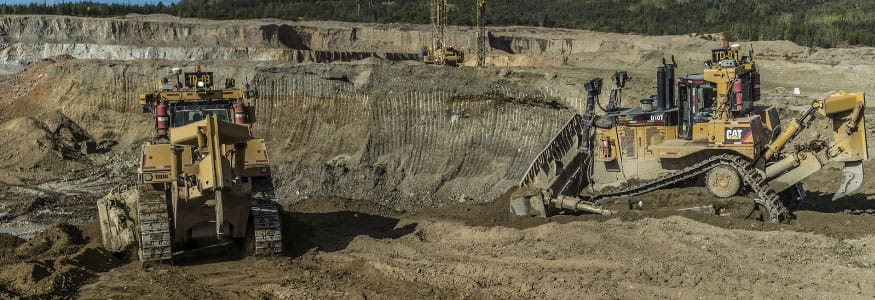How data management controls costs in mining (2019)


PricewaterhouseCoopers (PwC) drew upon 20 years of operating performance data from 136 mines and 4,760 individual machines to compile a research report called 'Mining for Efficiency' that focused on Australia’s declining productivity in the mining industry.
In this report it was found that there is an inherent conflict between a mine site's productivity plan based on increasing volumes and one based on controlling costs. PwC’s analysis revealed that mines who put all their eggs in one basket by adopting a productivity-based “increasing volume” strategy or a “reducing costs” strategy were not very effective. High performing mine sites (top quartile) were found to have well delineated strategies for both productivity and costs, which were followed with discipline by workers.
The report concluded that:
“Costs deferred or eliminated, as well as volume increases, have become the proxy for productivity gains …. companies serious about both cost control and productivity need to have a greater focus on the efficiency of their equipment. This means stepping beyond short-term cost reduction initiatives and a preoccupation with extra tonnes leaving the mines.”
PwC identified three key factors that mine sites needed to address to improve equipment efficiency, which in turn would reduce costs and improve productivity. One factor was the adoption of a data management process that is used to steer daily decision-making. The important takeaways here include:
There are hundreds of ways you could use data from a data management system to drive down costs at your mine site. Here are six examples:
There are a number of ways WesTrac can help you control costs within your mining operation, from equipping you with the latest Cat machines to preventative maintenance and fluid sampling. We can also become your data partner.
The report was pretty clear: acquiring data is easy, using it is hard. We can equip your mine with a custom MineStar technology solution that ensures you have all the tools needed to analyse and use data, on a daily basis, to make effective decisions and control costs. We can work with your internal “data steward” to make their job easier or become a partner and take a load off your shoulders by analysing the data for you and feeding it back in the form of recommendations. MineStar can be scaled to meet the needs of your mining operation and give it a competitive edge, ensuring you’ll be in the “top quartile” the next time PwC does a report.